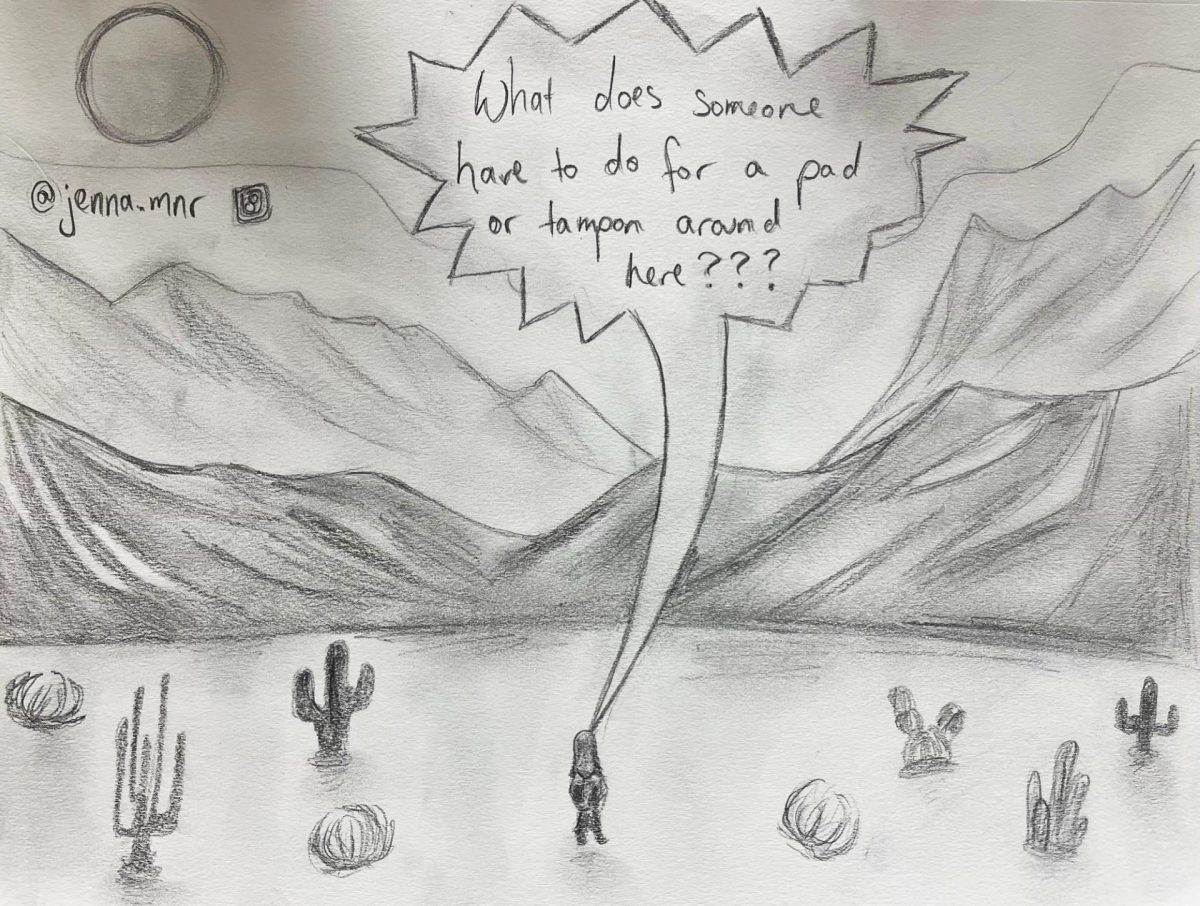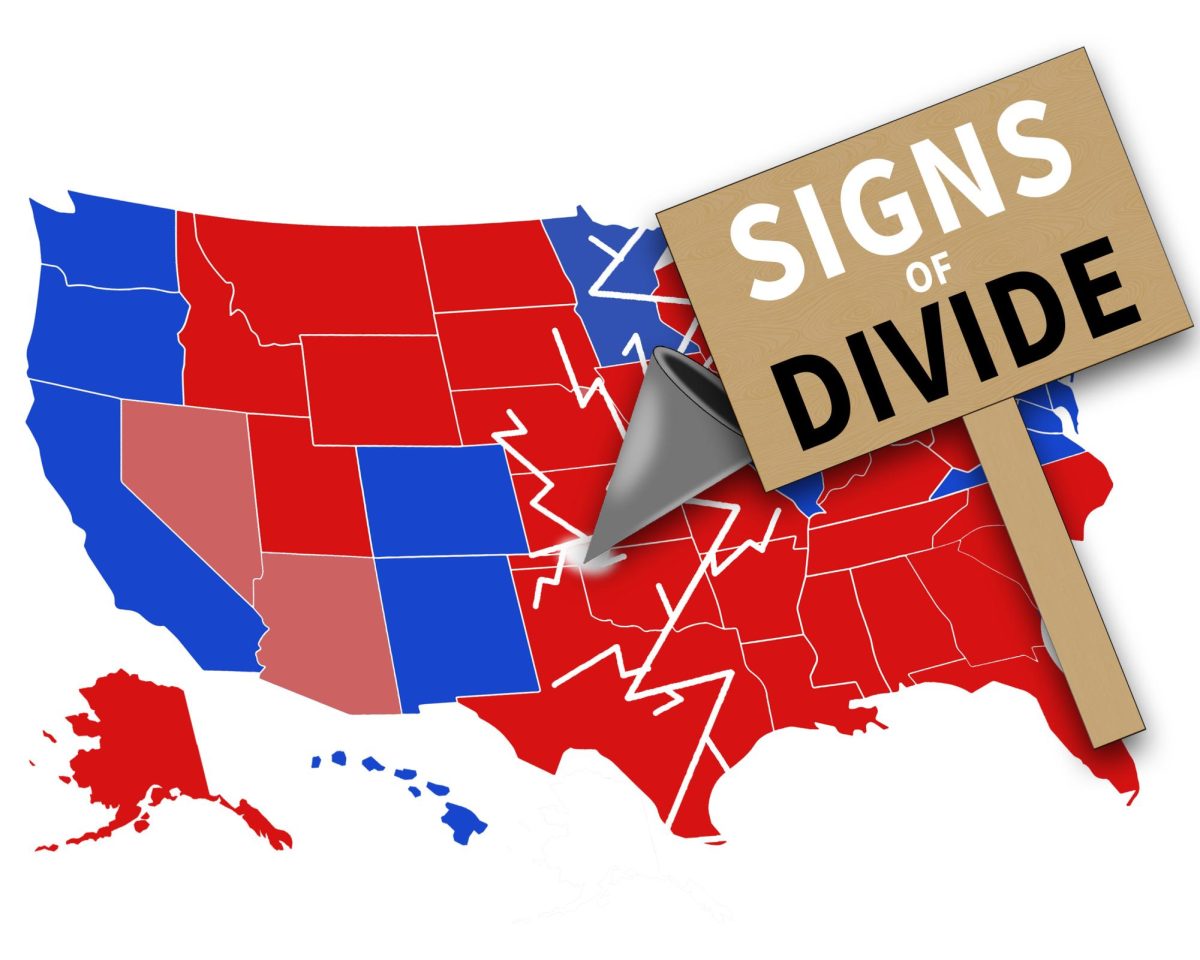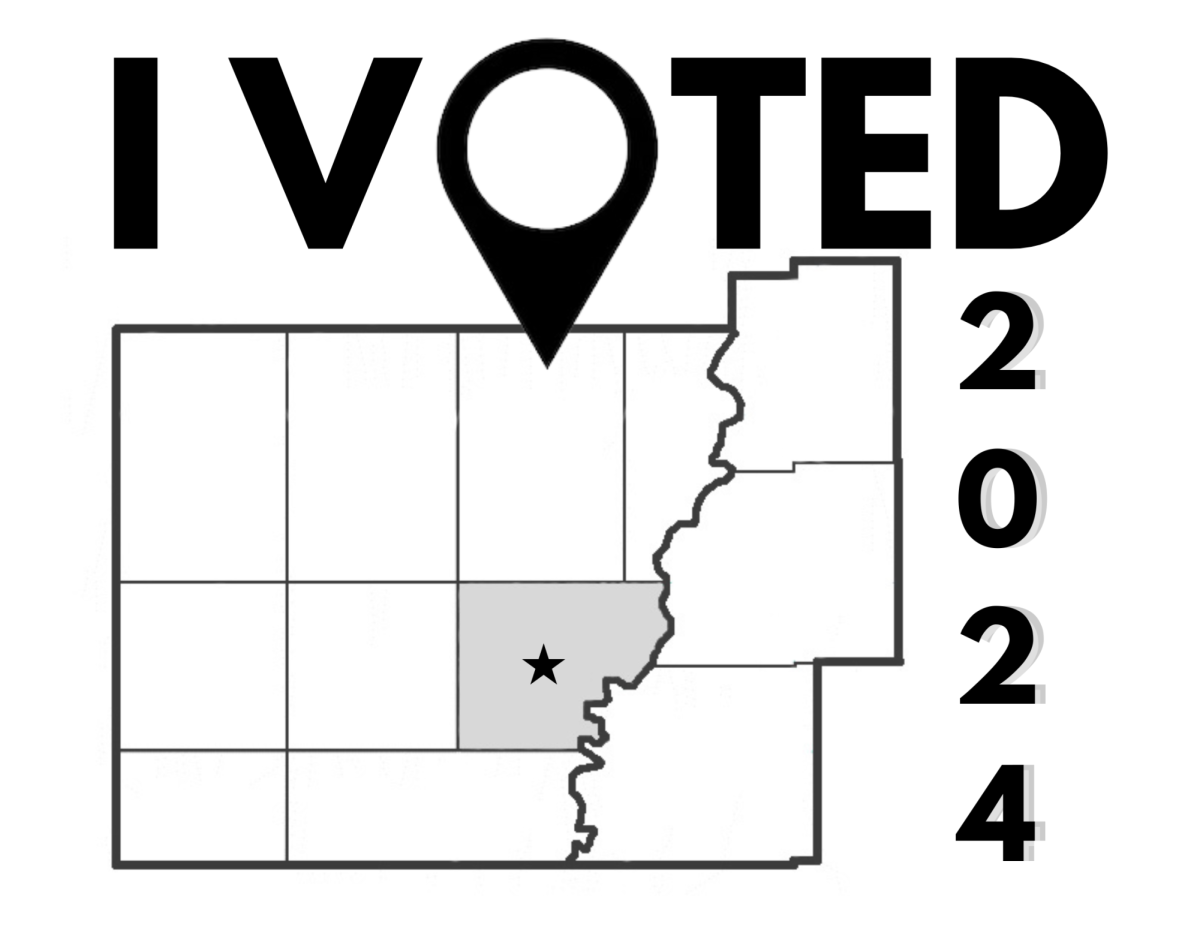Students are using low-cost feminine hygiene products provided by campus in academic halls, but it does not seem to be enough.
Over the last few years, the cost of living has been increasingly inching its way up. It is causing stress on all types of people everywhere, but one special group that has been affected are those who use hygiene products such as tampons or pads.
That is a large majority of people, so why them?
The phrase “pink tax” has been used to explain this. The pink tax is when products that are specifically designed for those who menstruate are at a higher price compared to their male product counterpart.
Hygiene products are a part of this pink tax and it has a huge impact on those who do not have access or cannot afford them.
We recently went around campus and searched for how accessible these hygiene products were to students on campus and in academic buildings.
In most academic buildings, specifically Buzzard Hall, we found a vending machine in the female bathroom that was free. While the products were free, the quality was well… uncomfortable and unreliable for period-having people who need more than a light-low pad.
In a pinch, it could get you by, but there was no continued support if a person needed more quality supplies to fit their needs.
One place we found, that was genuinely an amazing resource, was the Health Education Resource Center (HERC) in Blair Hall.
If you do not know what the HERC is, it is an office that often holds programs on different health concerns that focus on college students (healthy habits, drinking, safe sex, mental health, and much more).
We had a staff member go and tour what the HERC had to offer. There were pads and tampons of all different shapes and sizes that were more suitable to a wider need of period-having people.
How is the HERC able to supply these wonderful products though? Where does this funding come from? How much do they get?
These are the questions we had and were wondering how the HERC could do this, but not all of campus.
When we reached out, we found that the HERC does not specifically have a budget. They received a lot of products from an overstock from another office, said Matthew Warner, the HERC’s assistant director.
Their staff will stock the bins in Blair Hall from time to time when they notice products are low in the women’s bathroom.
This is a great service, but it is not a formal program, it was a student initiative that has drove this project.
They do not have a formal procedure or budget, but they are still doing very respectable work to support students who may need these supplies at no cost.
At The News, we applaud those students who saw a community problem and did something about it.
When talking with students, they felt similar ways that we did and did notice the work the HERC does.
Shay Edmond, a senior sociology major, said that she appreciates the addition of period products on campus in academic halls but hopes they would be included in residence halls.
while it great that they added period products in campus educational buildings, they should be included in the residence halls as well.
Olivia Omundson, a junior psychology major, said that she has only noticed quality products are supplied in Blair Hall.
“[Blair Hall] just happens to be one of the halls where other people who have periods leave extra period products they have. Most of the other buildings have the cheapest version of pads and tampons that does not work for a lot of women. We either have to rely on other products that are unreliable and hard to use.”
The next question is, why are different parts of campus seeing this as an example to help support students? If locations on campus that have these products, how it is advertised to students?
Having a menstrual cycle is a basic human function. People cannot just stop their cycle when they have no supplies or resources for obtaining supplies.
We at The News, hope to see more places like the HERC that address this problem among students. We also hope to see more variety of products like offered at the HERC. All bodies are different and need different supplies, so why is just one type offered in some academic buildings?
If students are aware of different resources that are not widely known about, we encourage students to share those resources to make more people aware of the resources offered.
Why should a lack of resources on campus alter one’s education or daily life due to dealing with a natural bodily function?
The Editorial Board can be reached at 217-581-2812.

















![[Thumbnail Edition] Senior Foward Macy McGlone, getsw the ball and gets the point during the first half of the game aginst Western Illinois University,, Eastern Illinois University Lost to Western Illinois University Thursday March 6 20205, 78-75 EIU lost making it the end of their season](https://www.dailyeasternnews.com/wp-content/uploads/2025/03/WBB_OVC_03_O-1-e1743361637111-1200x614.jpg)






















































